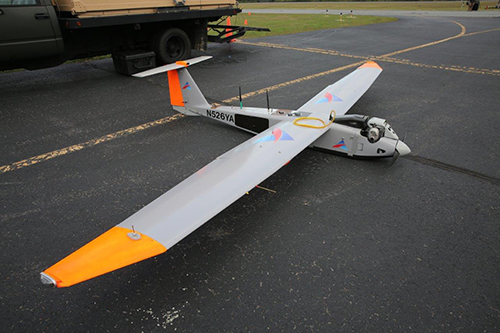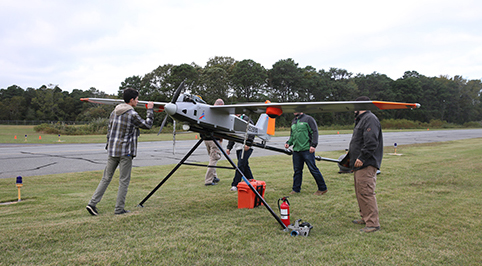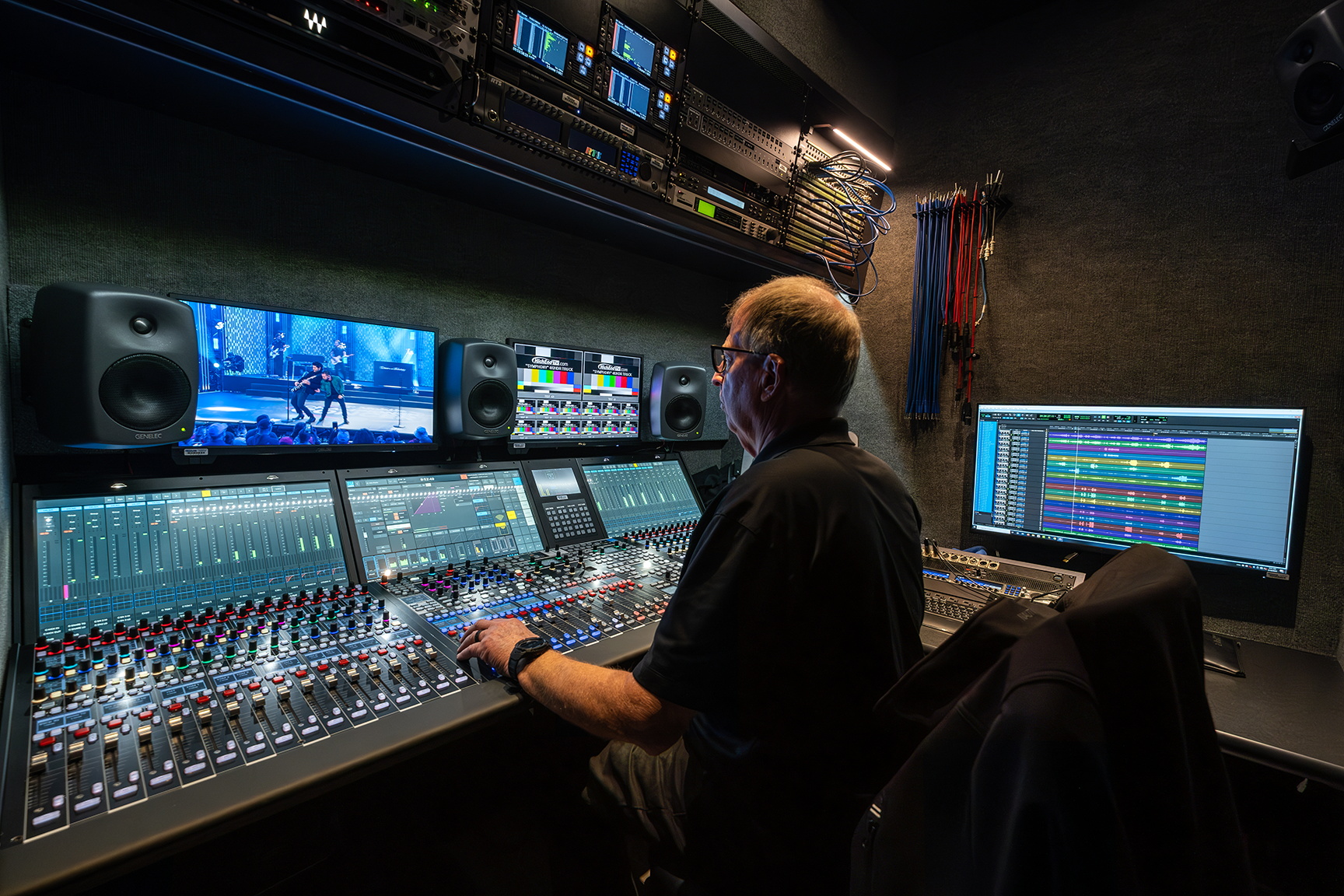Verizon Launches 700 MHz Airborne LTE Ops

NEW YORK—Verizon is taking to the air to enable its 4G LTE network. The carrier on Thursday announced its Airborne LTE Operations initiative. Verizon said the initiative, which has been brewing for two years, included a series of successful technical trials around the country involving both manned and unmanned aircraft.
Verizon said it also did an early adopter simulation exercise in Cape May, N.J., using unmanned aircraft systems to demonstrate how its 4G LTE network can be used by first responders and emergency management personnel enhance disaster recovery efforts.
Verizon said it will launch a new suite of services next year on Verizon’s ThingSpace and IoT platforms to help developers and businesses create and manage a ALO-enabled applications, backed by its secure cloud and analytics capabilities.
The Airborne LTE Ops initiative—ALO—includes a new device certification process, available now, which sets forth requirements to enable access to wireless connectivity for unmanned aerial vehicles and unmanned aerial systems on Verizon’s 4G LTE network.
The carrier said it is collaborating American Aerospace and Sierra Wireless on aerial long-range applications beyond line of sight.
Verizon’s network team began work to develop the technology for in-flight LTE operations in 2014. This year, Verizon asked American Aerospace Technologies to test connectivity between aerial platforms and Verizon’s 4G LTE network. The initial controlled trial was conducted with a 17-foot wingspan unmanned aircraft.
Verizon said the aerial platform tested advanced aerial inspection techniques that can be applied nationwide.
“This latest trial demonstrated how emerging technology combined with wireless networks can improve safety and security,” said Mike Haberman, vice president of Network Operations for Verizon. “A nationwide reliable 4G LTE network is the foundation for the future of mobile IoT in the air.”
As a result of the successful trial, Verizon deemed its 4G LTE 700 MHz network safe for in-flight wireless connectivity, which led to the creation of device and service requirements as part of Verizon’s ALO initiative.
Together with AATI, Verizon is also exploring next steps in in-flight cellular services for UAVs nationally on its 4G LTE network. Once federal regulations allow UAV operation beyond visual line-of-sight (BVLOS), new tests will focus on BVLOS command-and-control cellular network communications for long-distance UAVs.
Once Verizon certifies that the device has met Verizon’s Open Development requirements for wireless connectivity and usage on Verizon’s LTE network, aerial devices may be used for multiple applications by embedding the device on the UAV itself, as an add-on device to the UAV or even in conjunction with a low-altitude flying manned aircraft—in accordance with the operators’ compliance with other applicable rules. Devices certified by Verizon will be listed on the company’s Open Development portal.

Via the ALO initiative, Verizon hopes to leverage its ThingSpace open dev platform across multiple sectors, including pipeline and high voltage line inspection as well as agricultural and first responder applications.
Verizon has been actively lobbying for commercial UAV use on Capitol Hill. Its Labs division has participated in trials conducted under the Federal Aviation Administration’s Pathfinder initiative and NASA’s UTM program.
The carrier has 113.2 million retail wireless connections nationwide.
Also see...
July 14, 2016
“AT&T to Launch Flying Cows aka LTE Drones”
Big Bell AT&T is dreaming of fortifying its wireless network with flying cows. Flying “COWS,” that is, or “Cells on Wings,” essentially, LTE cell sites carried on drones. The carrier announced that it launched a program this week to explore what it could do with unmanned aircraft systems.
Sept. 28, 2015
“LTE-Unlicensed Spectrum Group Forms”
‘Evolve’ is the name taken on by a newly formed coalition of wireless carrier groups advocating for development of unlicensed LTE technology, or LTE-U, also known as “LAA,” or “Licensed Assisted Access.”
June 3, 2015
“Unlicensed 3.5 GHz LTE Explored”
Regulators are trying to circumvent potential problems with LTE-U, a version of the cellular transmission standard intended for unlicensed use. The issue emerged from proceedings to accommodate new technologies for the 3.5 and 5 GHz bands. The Federal Communications Commission released a fact-finding Notice in May on LTE-U and LAA, or Licensed Assisted Access, which enables LTE-U to operate on a licensed frequency, but on an unlicensed basis.
Dec. 12, 2014
“Investigating Interference Between 4G LTE and Broadcast”
here are a growing number of cases where there has been actual or alleged interference to 4G LTE installations. These situations have occurred largely at co-located transmitter sites where FM stations and wireless carriers share the same site or the same tower. I looked at some of the causes of this interference and to give some background about 4G LTE systems that are now being deployed.
Get the TV Tech Newsletter
The professional video industry's #1 source for news, trends and product and tech information. Sign up below.
